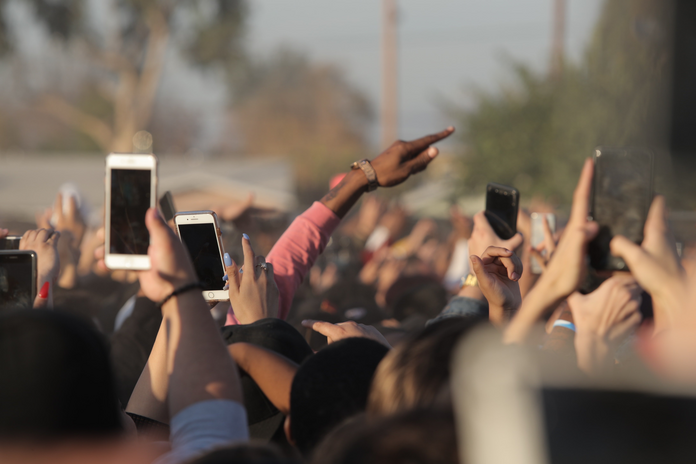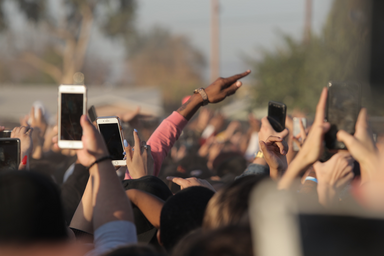Like any culture maniac who knows nothing about football, I watch the Super Bowl for the commercials. Well, that and the snacks. Nothing screams “game day” like a plate of loaded nachos. Anyway, per ESPN’s numbers, an estimated 108.4 million people tuned in to watch the Super Bowl in 2013. Because of its high viewership record, it’s no wonder that so many advertisers see the big game as the perfect opportunity to promote their brand and are willing to drop some serious cash to do so—$4m per 30 seconds of broadcasting, to be exact, according to the Financial Times. With so much at stake, figuring out how to productively use this precious air time is, understandably, a top priority.
One way advertisers get more bang for their buck is by referencing an online destination at the end of their commercials. Referring viewers to a brand’s website extends the ad’s impact beyond its 30 seconds on screen. StarStar, a mobile services firm that connects brands with their audiences, reports that, of the 21 million tweets about the Super Bowl last year, nearly 6.5 million were about the ads. Additionally, advertisers found an average web traffic increase of 23% on Super Bowl Sunday and of 46% the Monday after. Given the large amount of post-Super Bowl social networking and the vast majority of brands that use social media for publicity, one might expect promotional hashtags to be all the rage during the Super Bowl. According to StarStar, however, a mere 33 percent of advertisers included a hashtag in their commercials during the Super Bowl last year. If that number sounds surprisingly low, you might remind yourself that, as Adweek points out, Facebook hadn’t yet enabled hashtags at this time last year. Additionally, Instagram, which too utilizes hashtags, has seen an increase in brand adoption of 80% in the past year, according to Forbes. This means that hashtags are now relevant across three major platforms—Facebook, Twitter, and Instagram—as opposed to the one—Twitter—last year.
Viewers of the Super Bowl XLVII probably experienced sensory overload from so many call to actions during a 4-hour period. Of the 53 commercials during this year’s game, 31 (58%) used hashtags, whereas only 19 (36%) gave a URL. According to Marketing Land’s breakdown, 5 ads (9%) referenced Facebook, 4 (8%) Twitter, 3 (6%) YouTube, and 2 (4%) Shazam. Interestingly, Instagram was not explicitly mentioned in any ads. Among hashtag users were some of this year’s funniest (Chevrolet’s #SilveradoStrong), steamiest (H&M’s #BeckhamforHM), most controversial (Coca-Cola’s #AmericaIsBeautiful), and most romantic (AXE’s #KissForPeace) advertisements. A full list of this year’s Super Bowl commercials and their hashtags, social media mentions, and/or URLs, can be found here.
But what makes hashtags, as opposed to corporate URLs, so much more effective at extending a brand’s online reach? One benefit of hashtags is that they provide sponsors with an easy way to monitor topics that are trending on multiple social media platforms. Another is that social media sites might be more accessible to most viewers than corporate URLs. According to Razorfish’s Outlook Report, 60% of smartphone users browse the mobile web while watching TV. Statista’s ranking shows that 76.1% of smartphone users in the US have downloaded the Facebook app, 26.4% the Instagram app, and 21.3% the Twitter app, making the use of these three platforms more practical than typing in a URL during the big game. Hashtags present social media users, i.e. potential consumers, with a means for connecting not only with each other, but also with the brand itself, and a chance to easily provide feedback. In short, the employment of hashtags in Super Bowl commercials is advertisers’ effort to engage and interact with viewers one-on-one.

